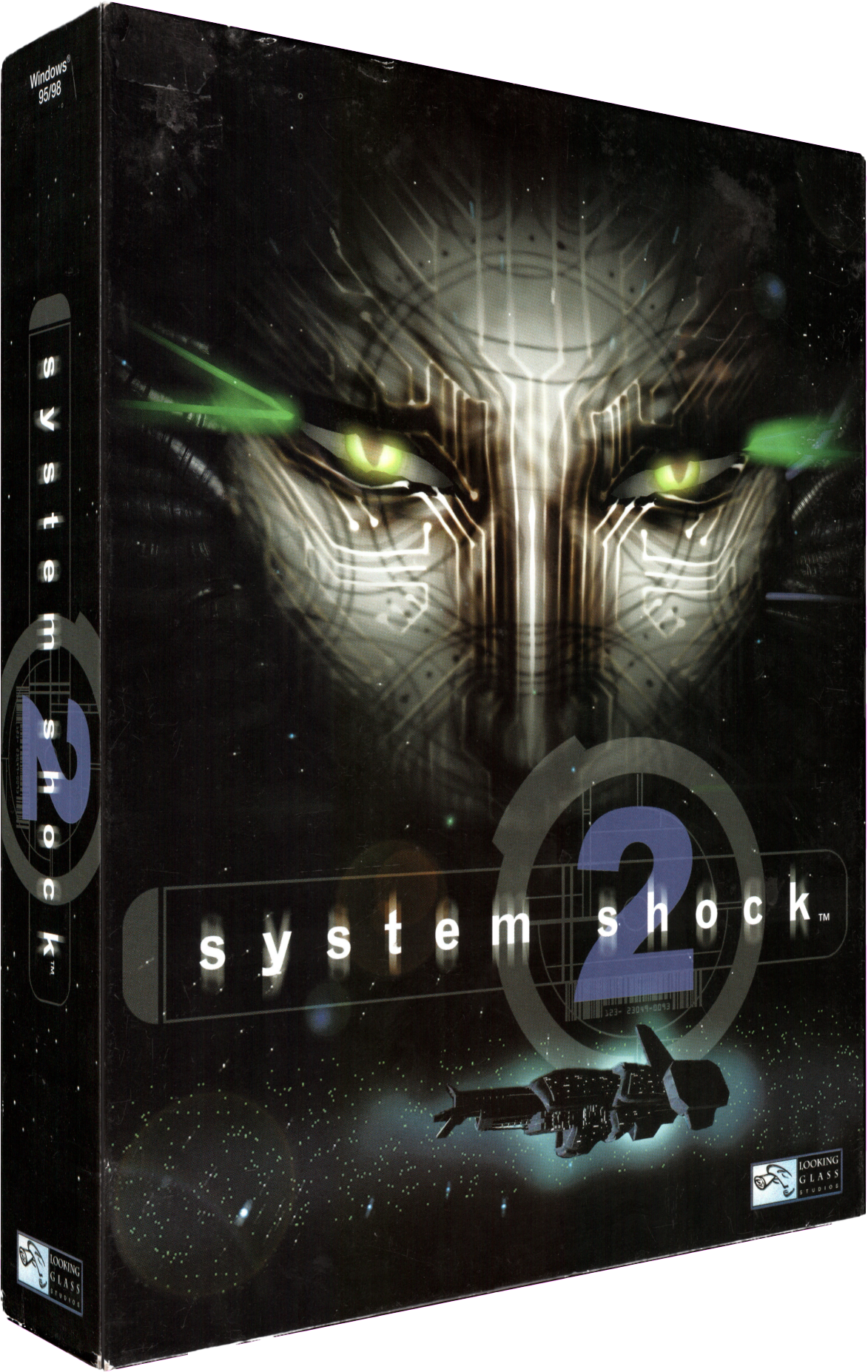
Human Retrovirus Pathogenesis Section ( Felber lab) studies the cellular mechanisms that govern viral and cellular post-transcriptional regulation and has discovered new mechanisms of mRNA nuclear export. Studies of effector cells that mediate antibody responses are ongoing, as well as studies of other innate immune cells, including γδ T cells and NKT cells, and their roles in protective efficacy. Investigation of memory B cell and plasma cell development is a priority. The section focuses on immune correlates of protection, especially among humoral and mucosal functional immune responses. The replicating Ad4 vaccine platform has now advanced to human clinical trials, but continued studies in NHP allow in-depth probing and dissection of vaccine-elicited immune responses. Immune Biology of Retroviral Infection Section ( Robert-Guroff lab) studies design and development of HIV vaccines based on priming with replication-competent Ad vectors and boosting with envelope proteins.

Her current work explores strategies to improve vaccine efficacy using the MF59 or CD40L, the CD-4-single chain gp120 immunogen (FSLC) and different priming, including DNA or a heterologous vector, such as Ad26, that induces high levels of systemic and mucosal immune responses. Franchini pioneered in the mid-1990s, since this combination has protected humans in the RV144 HIV vaccine trial. In the last 4 years the lab has refocused on the canarypox-based vector/gp120 boost strategy that Dr. Franchini's team has also modeled novel vaccine strategies, such as HPV, heat shock gp96-Ig alone or in combination with the SIV envelope protein to target the mucosa for the prevention of HIV-1/SIV infection. Several basic discoveries are currently being translated into clinical trials.Īnimal Models and Retroviral Vaccines Section ( Franchini lab) studies the regulation of human T cell leukemia/lymphoma virus type 1 (HTLV-1) replication, focused on the effect of p8 and p12 on T-cell function and viral persistence in vivo, and has began to investigate the role of pro-inflammatory monocyte subsets that are infected and increased by HTLV-1. Approaches include use of synergistic combinations of cytokines and TLR ligands in vaccines, approaches to increase CTL avidity, analysis of a new NKT cell immunoregulatory axis and regulatory circuit that inhibits tumor immunity and vaccine-induced immune responses against cancer and its interactions with other regulatory mechanisms and blockade of these to improve vaccine efficacy, strategies to induce mucosal immunity and mechanisms of mucosal trafficking and homing, epitope enhancement by sequence modification, and development of new cancer vaccines as well as AIDS vaccine strategies. Molecular Immunogenetics and Vaccine Research Section ( Berzofsky lab) studies the immunology of antigen-specific T cell activation and regulation, and translation to strategies for design of vaccines for HIV, cancer, and viruses that cause cancer, studied in animals and clinical trials. The Branch also carries out clinical trials of vaccines for treatment of patients with some of these diseases. The Branch utilizes these findings to design novel vaccines for cancer, HIV and cancer- and AIDS-associated viruses. In particular, the Branch carries out studies on 1) the mechanisms of T lymphocyte activation and regulation, 2) cancer immunosurveillance, 3) mucosal immunity, 4) retroviral molecular biology and pathogenesis (including transcriptional and post-transcriptional regulation of retroviruses involved in causing cancer or AIDS), 5) regulation of cellular gene expression, 6) immune responses to retroviruses, and 7) strategies for rational vaccine design.


The Branch conducts a program of clinical and laboratory research designed to 1) elucidate basic mechanisms of immune response and molecular virology, and 2) apply these to the design and development of vaccines and immunotherapy for the prevention and treatment of cancer and AIDS, as well as viruses that cause cancer. By combining expertise in both cancer and retroviral vaccines, the Vaccine Branch aims to promote cross-fertilization of ideas and progress in both areas in a unique way that is not duplicated elsewhere. Cancer and HIV are both chronic diseases that suppress and evade the immune system.


 0 kommentar(er)
0 kommentar(er)
